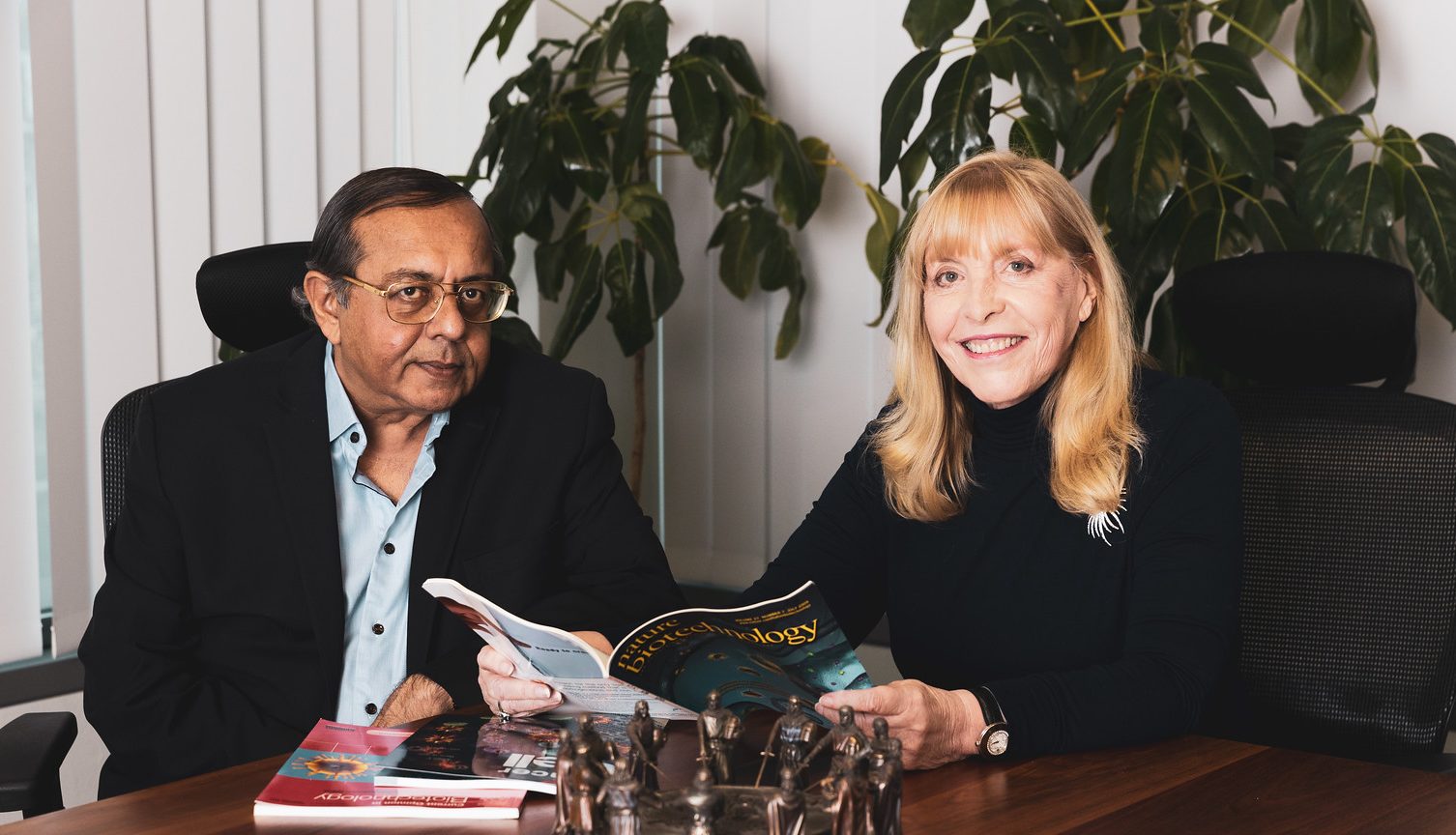The Lang Walker Family Foundation has donated $7.7 million to Chris O’Brien Lifehouse to fund a world-first trial using 3D-printed synthetic bone to rebuild human jaws – the largest gift in the hospital’s history.

The trial is already underway at the cancer treatment centre in Camperdown, where a man named Walter, who lost part of his jaw to cancer, became the first person in the world to receive the printed implant earlier this year.
Three-month scans show early signs the device is helping stimulate natural bone regrowth.
It’s taking place at the hospital’s Integrated Prosthetics and Reconstruction (IPR) Lab in Camperdown, the only place in Australia testing this kind of implant in live patients.
Unlike traditional reconstruction, which involves grafting bone from a patient’s leg or shoulder and holding it in place with titanium plates, this trial uses a custom-printed scaffold designed to heal from within.
“IPR is researching better ways to perform reconstructive surgery and rehabilitation today and for the future,” said Professor Jonathan Clark, Director of Head and Neck Research.
The printed bone – called PIONEERS – has gone through four years of testing and is now in its first clinical trial.
“PIONEERS is the first 3D-printed scaffold in the world to successfully reconstruct complete sections of the jaw in preclinical trials without metal plate augmentation,” Clark told Forbes Australia.
The Walker Family Foundation is backing that ambition. After Lang Walker’s death in early 2024, his wife Sue and their children – Blake, Chad and Georgia – have continued the family’s philanthropic legacy. This latest gift takes its total support to $12.9 million.
The late property tycoon was known for pairing landmark developments with philanthropy. The family’s company, Walker Corp, has a $40 billion pipeline of projects across Sydney, Melbourne and Adelaide. They came in at #38 on Forbes Australia’s 50 Richest list earlier this year, with an estimated fortune of US$1.7 billion.
How does it work?
The implant is designed to be patient-specific and to encourage the body’s own bone to grow into it. It’s a sharp departure from current methods, which are complex, invasive and often leave patients with lifelong complications.
Before surgery, the team builds a digital model of the patient’s jaw. They then 3D print guides, prosthetics and scaffolds tailored to that person.
“With the advance in digital technologies and 3D printing, we can now simulate how reconstructive surgery can be done better,” Clark says. “This is especially important when we are reconstructing the jaw and intricate facial features,”
The lab is also part of the federal government’s $238 million SMART CRC research program and has started applying the technology to veterinary patients, working with the Small Animal Specialist Hospital to treat dogs with jawbone tumours.
The story so far
2020
- The PIONEERS program is launched, with funding from the Lang Walker Family Foundation and the Cancer Institute NSW.
- The hospital acquires a high-temperature 3D printer to begin early bone cancer research.
2021 - The first preclinical trial is completed using printed bone to repair a small jaw defect.
2022 - A larger trial follows, this time repairing a critical-sized but incomplete jawbone defect.
- The lab partners with medical device company KLS Martin Australia.
2023 - A breakthrough year: PIONEERS successfully reconstructs an entire section of jawbone in a preclinical setting.
2024 - The IPR Lab is officially opened by the Federal Health Minister.
- Trials are expanded to include dental implants printed into the bone structure.
- IPR becomes the first local manufacturer to submit 3D-printed surgical guides to the TGA under new personalised device rules.
2025 - In February, the program recruits its first human patient, Walter.
- A veterinary trial begins, treating dogs with jaw tumours using the same printed bone.
- In May, IPR is named a core research partner in the $238 million SMART CRC national initiative.
2027 - A Phase II feasibility trial is scheduled to begin, testing the device without the use of bone grafts or metal plates.
2030 - A final multi-centre pivotal trial is expected to begin, comparing the printed implant with standard jaw reconstruction methods across hospitals nationwide.
Look back on the week that was with hand-picked articles from Australia and around the world. Sign up to the Forbes Australia newsletter here or become a member here.


